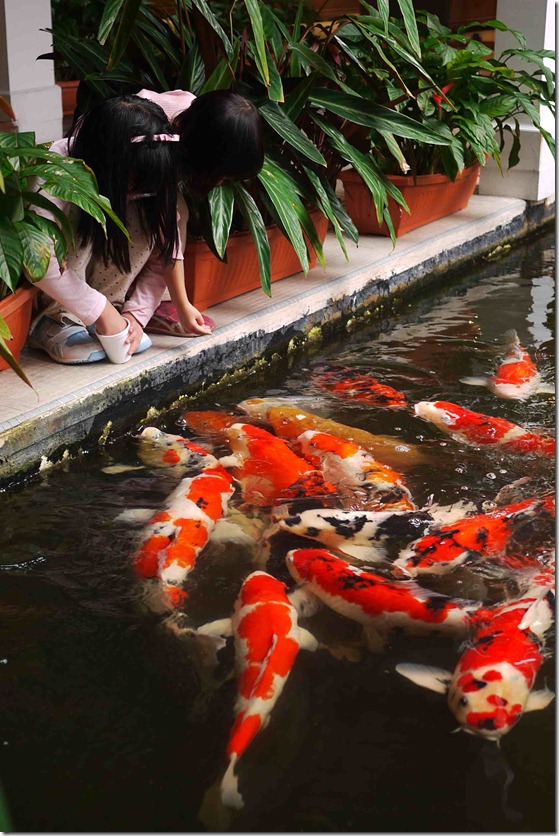
The Dangerous Effects of Too Much Salt in Your Koi Pond
Introduction
Koi ponds are a beautiful addition to any garden or outdoor space. They provide relaxation and a peaceful atmosphere with the soothing sound of water and the elegant movement of colorful fish. However, maintaining a healthy koi pond requires a good understanding of water quality and the importance of keeping a proper balance of chemicals. One of the most dangerous imbalances that can occur in a koi pond is too much salt.

What Happens When There is Too Much Salt?
Salt is commonly used in koi ponds to treat certain diseases, as well as a stress reducer for fish. However, too much salt in the water can have harmful effects on fish and the overall health of the pond. One of the main problems with high salt levels is that fish can become dehydrated. This can lead to a number of health issues such as kidney damage, reduced appetite, and even death.
Additionally, high levels of salt in a koi pond can negatively impact beneficial bacteria, which are crucial for maintaining a healthy balance of nutrients and minimizing harmful toxins. The combination of salty water and a reduction of good bacteria can lead to an increase in harmful algae blooms and other water quality issues. It can also cause damage to plants and other aquatic life in the pond.
How to Determine if Your Koi Pond Has Too Much Salt
The recommended level of salt in a koi pond is 0.1% to 0.3%. You can test the salinity of your pond using a saltwater refractometer, which measures the specific gravity of the water. If the specific gravity is greater than 1.000, it means that the water has too much salt. Another way to tell is by observing the behavior of the fish. If they seem lethargic or are not eating, it could be a sign of high salt levels.

How to Reduce Salt Levels in Your Koi Pond
If your koi pond has too much salt, there are a few things you can do to reduce the levels. First, you can perform a partial water change. This involves removing a portion of the water and replacing it with fresh, clean water. Make sure to treat the new water with a dechlorinator before adding it to the pond.
Another option is to add more plants to the pond. Plants can help absorb excess salt and provide more oxygen for the fish. You can also add a freshwater rinse system, which continuously adds fresh, clean water while removing the old, salty water.
Preventing Salt Imbalances in Your Koi Pond
The best way to avoid high salt levels in your koi pond is to carefully monitor the amount you add and perform regular water tests. Remember, less is often more when it comes to chemicals in your koi pond. Only add salt when necessary and always follow the recommended dosage.
It’s also important to maintain a healthy balance of beneficial bacteria in the water. This can be achieved by installing a biological filtration system and adding bacteria supplements as needed.
Conclusion
Keeping a healthy koi pond requires a good understanding of water quality and balance. Maintaining the proper amount of salt is just one aspect of this. Make sure to monitor your pond regularly for signs of too much salt and take action to correct it as needed. By doing so, you’ll ensure a happy and healthy environment for your koi and the plants and other aquatic life in the pond.